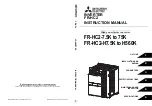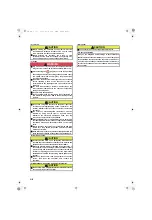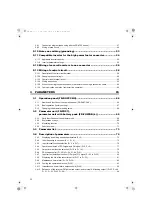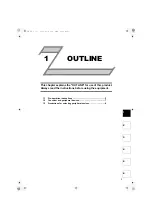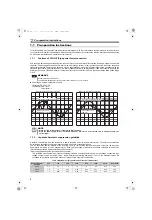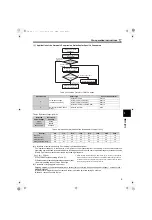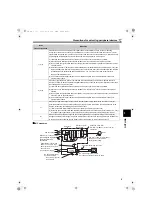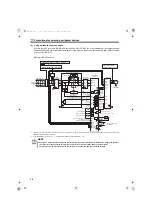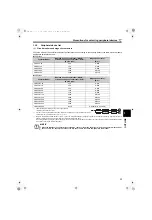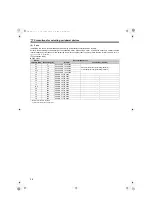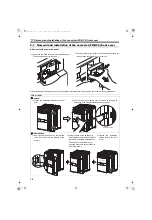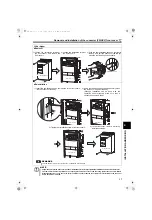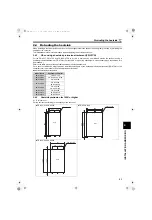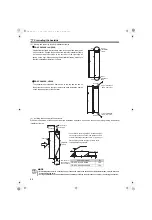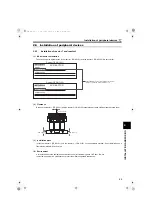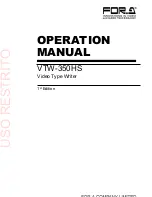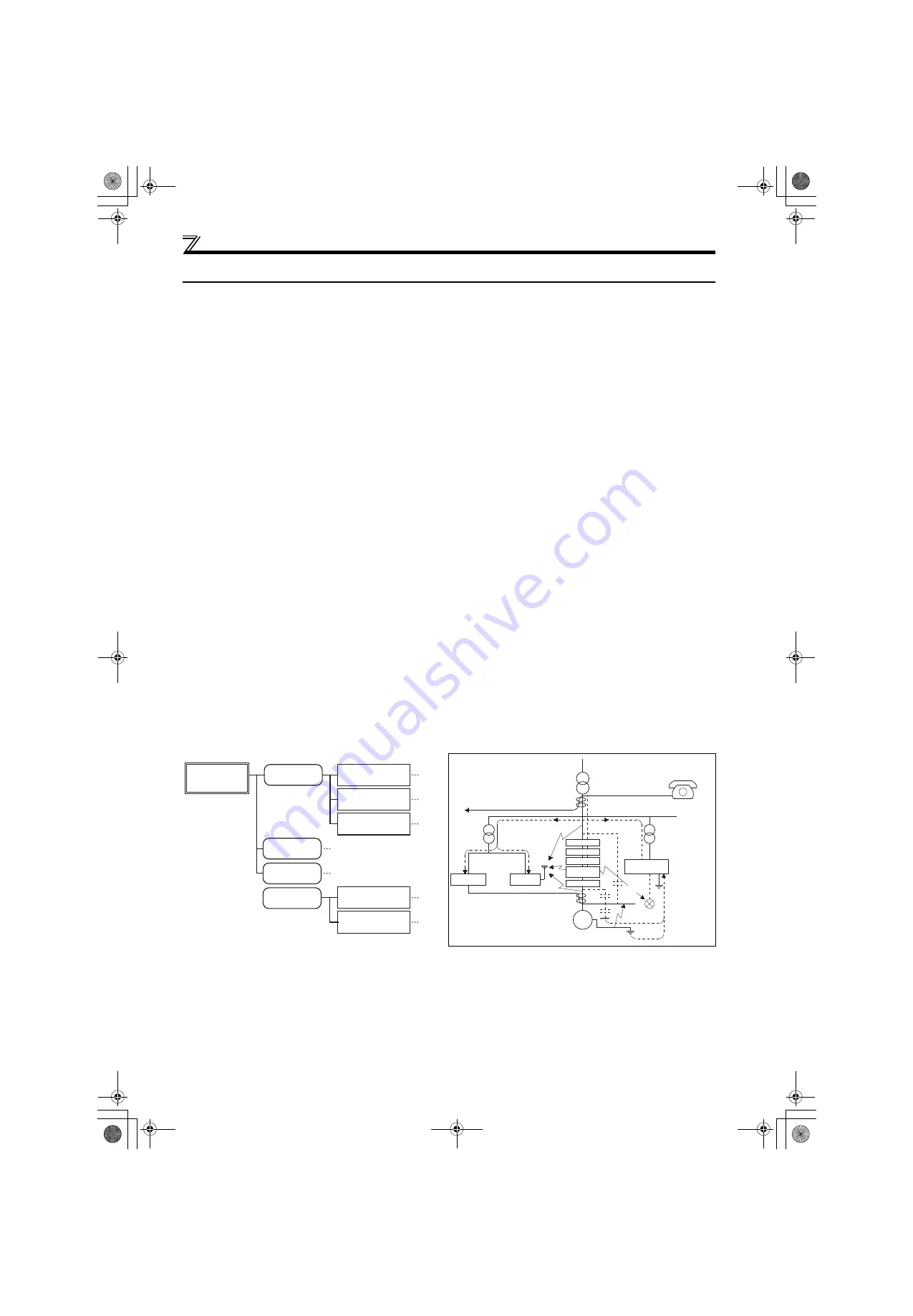
8
Precautions for selecting peripheral devices
1.3 Precautions for selecting peripheral devices
1.3.1
Measures against noises (EMI)
In this section, noises indicate those of more than 40th to 50th high frequencies in a power distribution system, which
generally assume irregular conditions.
Some noises enter the converter to adversely affect it, and others are radiated by the converter to adversely affect peripheral
devices. Though the converter is designed to be immune to noises, it handles low-level signals, so it requires the following
basic measures. Also, since the converter chops input voltage at high carrier frequency, it could generate noises. If these
noises affect peripheral devices, measures should be taken to suppress noises (EMI measures). The EMI measures differ
slightly depending on the noise transmission paths.
(1) Basic measures
Do not place the power cables (I/O cables) and signal cables of the converter in parallel with each other and do not
bundle them.
For the control signal cable and the connection cable with a detector, use twisted pair shield cables, and connect the
sheath of the shielded cables to the terminal SD.
Ground (earth) the reactor 1, reactor 2, outside box, converter, etc. at one point.
(2) Measures against noises which enter and affect the converter
When devices, which generate many noises, (for example, magnetic contactors, magnetic brakes, many relays) are
installed near the converter, the converter may malfunction because of the noises. In that case, the following measures
must be taken.
Provide surge suppressors for the devices that generate many noises, and suppress the noises.
Install data line filters to signal cables.
Ground (earth) the connection cable with a detector and a control signal cable with a metal cable clamp.
(3) Measures against the noises that are radiated by the converter to affect peripheral devices
Noises radiated by the converter are largely classified into three types: those radiated by the cables connected to the
converter and converter's main circuit (I/O), those electromagnetically and electrostatically inducted to the signal cables
of the peripheral devices close to the main circuit cable, and those transmitted through the power supply cables.
Noise propagated through
power supply cable
Path 3)
Path 2)
Path 1)
Noise directly radiated
from the converter
Path 4), 5)
Air propagated
noise
Path 6)
Electrical path
propagated noise
Path 8)
Path 7)
Converter
generated noise
Electromagnetic
induction noise
Electrostatic
induction noise
Noise radiated from
power supply cable
Noise radiated from
motor connection cable
Noise from earth (ground)
cable due to leakage
current
Inverter
Converter
Reactor 2
Reactor 1
Outside box
Instrument
Receiver
IM
Motor
Telephone
Sensor
1)
2)
3)
3)
8)
7)
5)
7)
4)
6)
1)
Sensor
power supply
HC2.book 8 ページ 2012年11月19日 月曜日 午前10時52分

